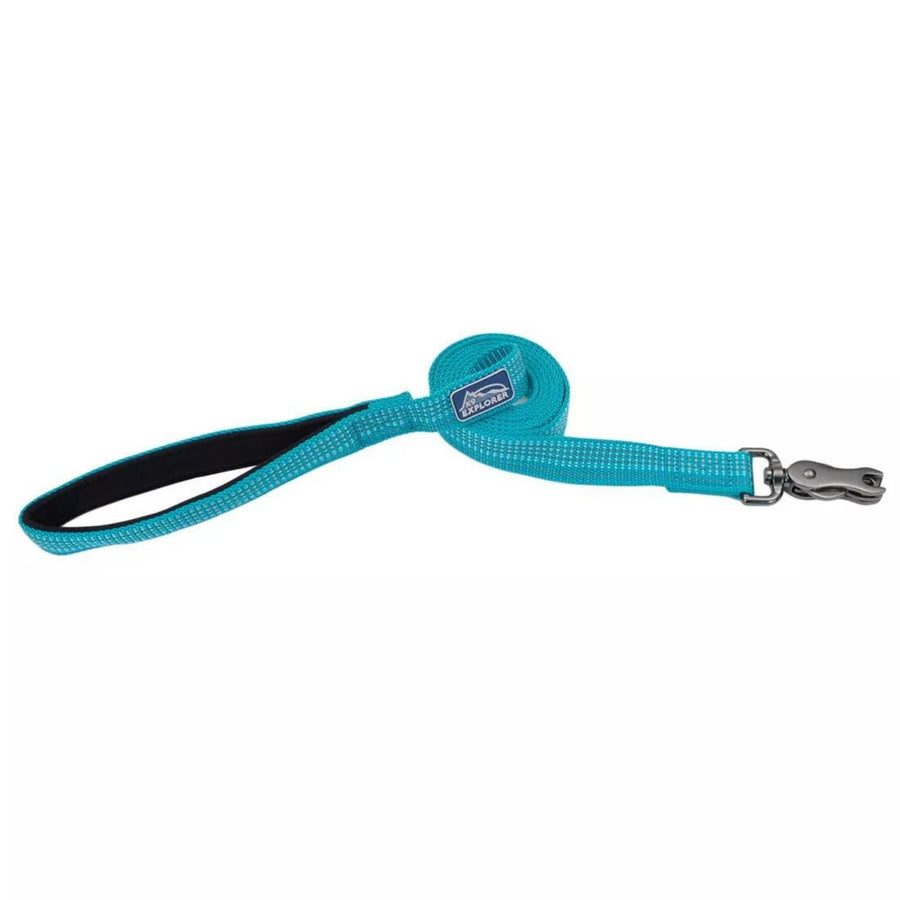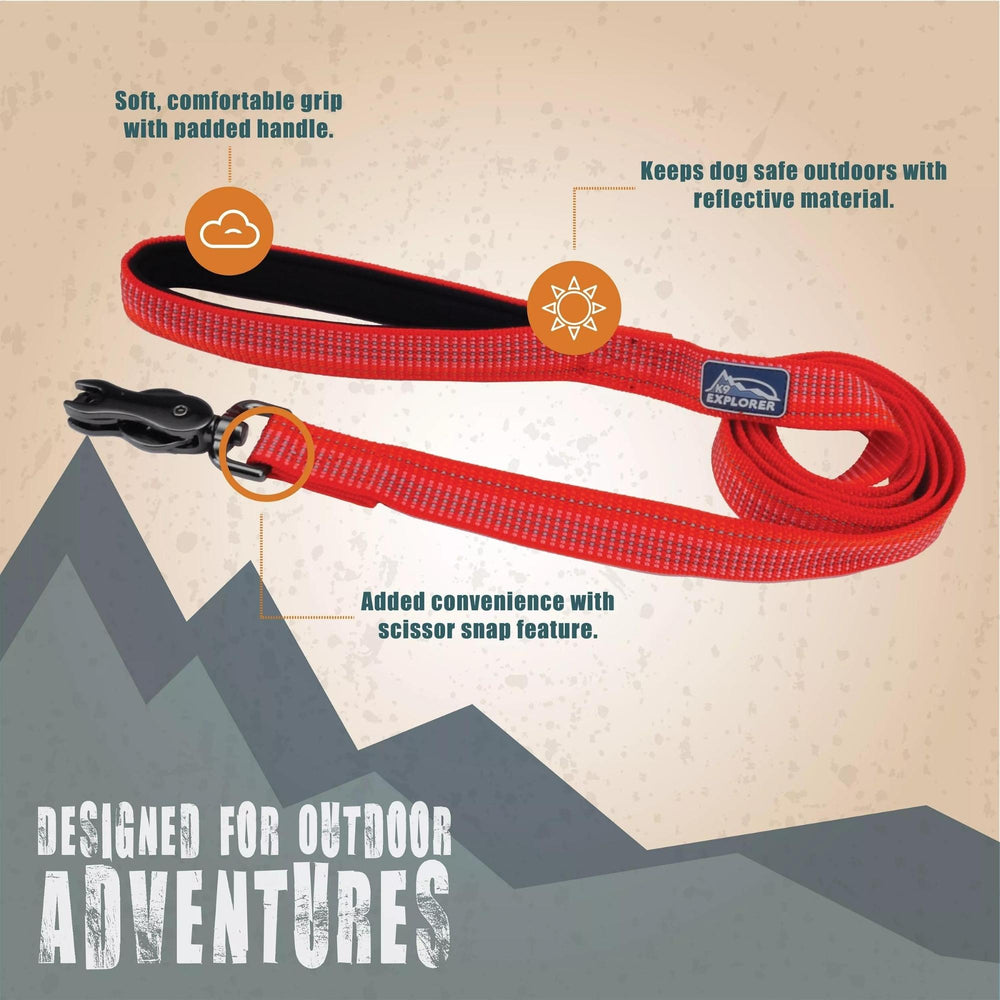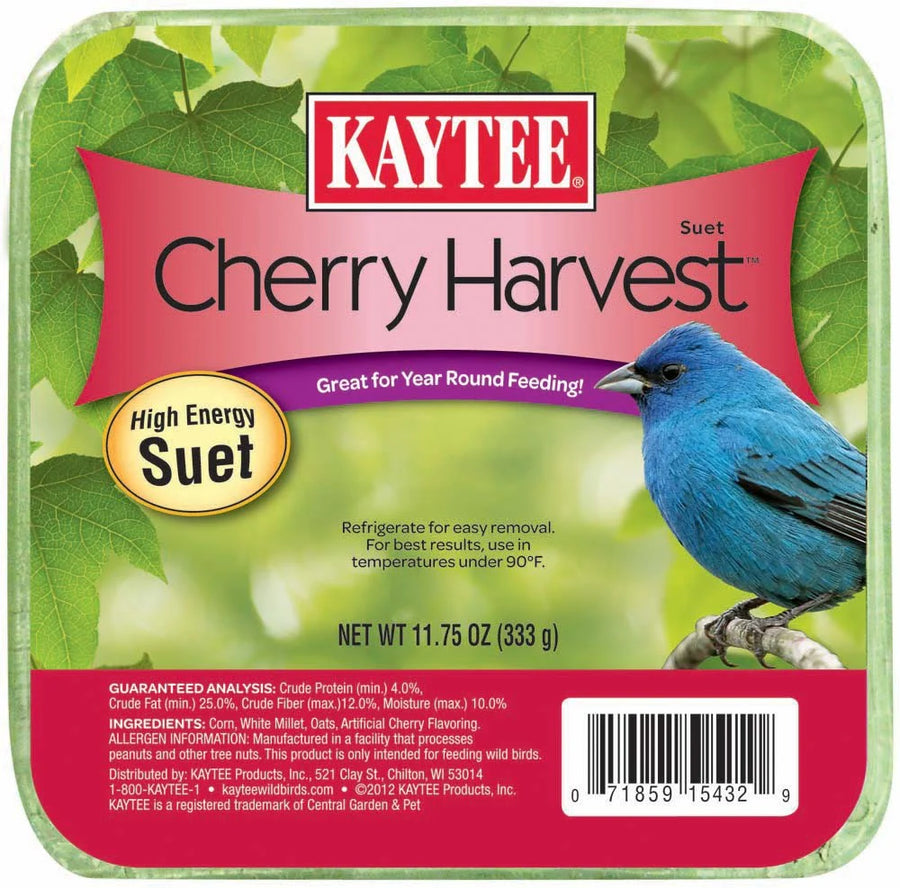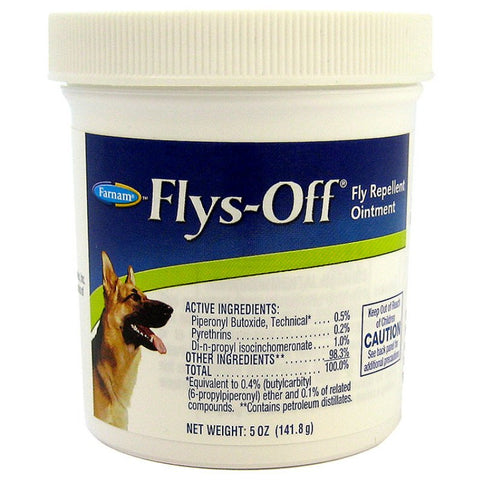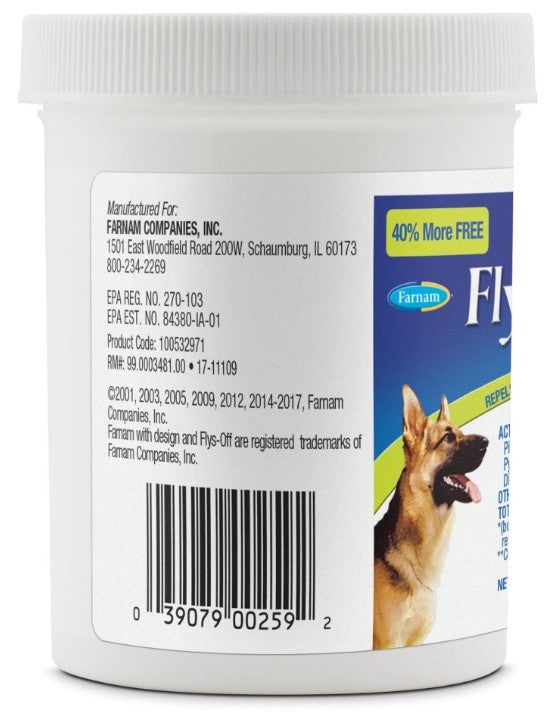How to Socialize an Aggressive Dog Successfully
Socializing an aggressive dog is crucial for their well-being and the safety of those around them. Aggression in dogs can stem from various factors, including fear, anxiety, territorial instincts, or negative past experiences. Proper socialization helps dogs learn how to interact positively with other animals and humans, ultimately reducing aggressive behavior. This guide will provide effective strategies for successfully socializing an aggressive dog.

Understanding Aggression in Dogs
Before you can effectively socialize your dog, it's important to understand the type of aggression they exhibit. Common types include:
- Fear-Based Aggression: Often seen in dogs that feel threatened and react defensively.
- Territorial Aggression: Exhibited when dogs perceive a threat to their home or family.
- Frustration Aggression: Occurs when a dog is unable to reach a desired target, leading to outbursts.
- Social Aggression: Can arise from dominance disputes among dogs or between dogs and humans.
Recognizing the cause of your dog’s aggression will help you tailor your socialization approach effectively.
Signs of Aggressive Behavior
Recognizing the signs of aggression is essential for managing your dog’s behavior. Watch for:
- Growling or barking
- Snapping or lunging
- Stiff posture or raised hackles
- Showing teeth
- Excessive biting or snapping
If your dog displays any of these behaviors, it's important to approach socialization cautiously and mindfully.
Preparing for Socialization
Before starting the socialization process, consider the following:
-
Create a Safe Environment: Choose a quiet, controlled setting for initial interactions. This could be your backyard, a calm park, or a training facility. Ensure that distractions are minimized.
-
Use a Leash and Muzzle: For safety, keep your dog on a leash during socialization sessions. A muzzle can also be a useful tool if you believe your dog might react aggressively. Ensure the muzzle is comfortable and allows for drinking, panting, and barking.
-
Have High-Value Treats Ready: Use tasty treats that your dog loves to reward good behavior. This will motivate them and help create positive associations during socialization.
-
Stay Calm and Assertive: Your demeanor greatly influences your dog’s behavior. Maintain a calm and confident attitude during interactions to help your dog feel secure.
Step-by-Step Socialization Process
1. Gradual Exposure to Triggers
Start by exposing your dog to their triggers at a distance where they feel comfortable. This might include other dogs, people, or specific environments. Here’s how to do it:
- Identify Triggers: Understand what situations or stimuli provoke aggressive behavior.
- Distance and Observation: Stand at a distance where your dog feels safe but can still see the trigger. Allow them to observe without feeling threatened.
- Reward Calm Behavior: Whenever your dog remains calm and relaxed in the presence of the trigger, reward them with treats and praise. This reinforces positive behavior.
2. Controlled Introductions
Once your dog is comfortable observing triggers from a distance, gradually introduce them to controlled encounters:
- Choose Calm Dogs: Begin by introducing your dog to well-mannered, calm dogs that have a positive temperament. Avoid overly energetic or aggressive dogs during initial introductions.
- Parallel Walking: Walk your dog alongside another calm dog at a distance. Gradually decrease the space between them while rewarding both dogs for calm behavior.
- Supervised Interactions: After a few successful parallel walks, allow the dogs to greet each other on leash in a neutral setting. Observe their body language and be ready to intervene if necessary.
3. Positive Reinforcement
Using positive reinforcement is essential for effective socialization:
- Treats and Praise: Reward your dog with treats and verbal praise for good behavior during socialization sessions. This creates positive associations with other dogs or people.
- Fun Activities: Incorporate playtime or engaging activities during socialization. This can help shift your dog’s focus and make the experience enjoyable.
4. Gradual Increase in Exposure
As your dog becomes more comfortable with controlled encounters, gradually increase their exposure:
- Diverse Environments: Take your dog to various environments, including parks, busy streets, and pet-friendly events. This will help them become accustomed to different sights, sounds, and smells.
- Introduce New People: Allow friends or family members to interact with your dog. Make sure these individuals are calm and knowledgeable about dog behavior. Encourage them to offer treats to your dog, reinforcing positive associations.
5. Monitor Body Language
Throughout the socialization process, keep a close eye on your dog’s body language:
- Signs of Stress: Look for signs of stress or discomfort, such as excessive panting, yawning, lip-licking, or turning their head away. If your dog shows these signs, give them space and reduce the intensity of the interaction.
- Adjust Accordingly: If your dog appears overwhelmed, take a step back and return to a previous, less stressful phase of socialization. Patience is key.
When to Seek Professional Help
If your dog continues to display aggressive behavior despite your efforts, consider seeking professional help. A certified dog trainer or behaviorist can assess your dog’s behavior and provide tailored strategies for effective socialization. They can also help identify any underlying issues contributing to aggression.
Conclusion
Socializing an aggressive dog requires patience, consistency, and a structured approach. By gradually exposing your dog to various triggers, using positive reinforcement, and monitoring their behavior, you can foster positive interactions and reduce aggressive tendencies. Remember, socialization is an ongoing process that requires time and effort, but the rewards of a well-adjusted, social dog are well worth it. With dedication and the right strategies, you can help your dog thrive in a world full of new experiences and relationships.




